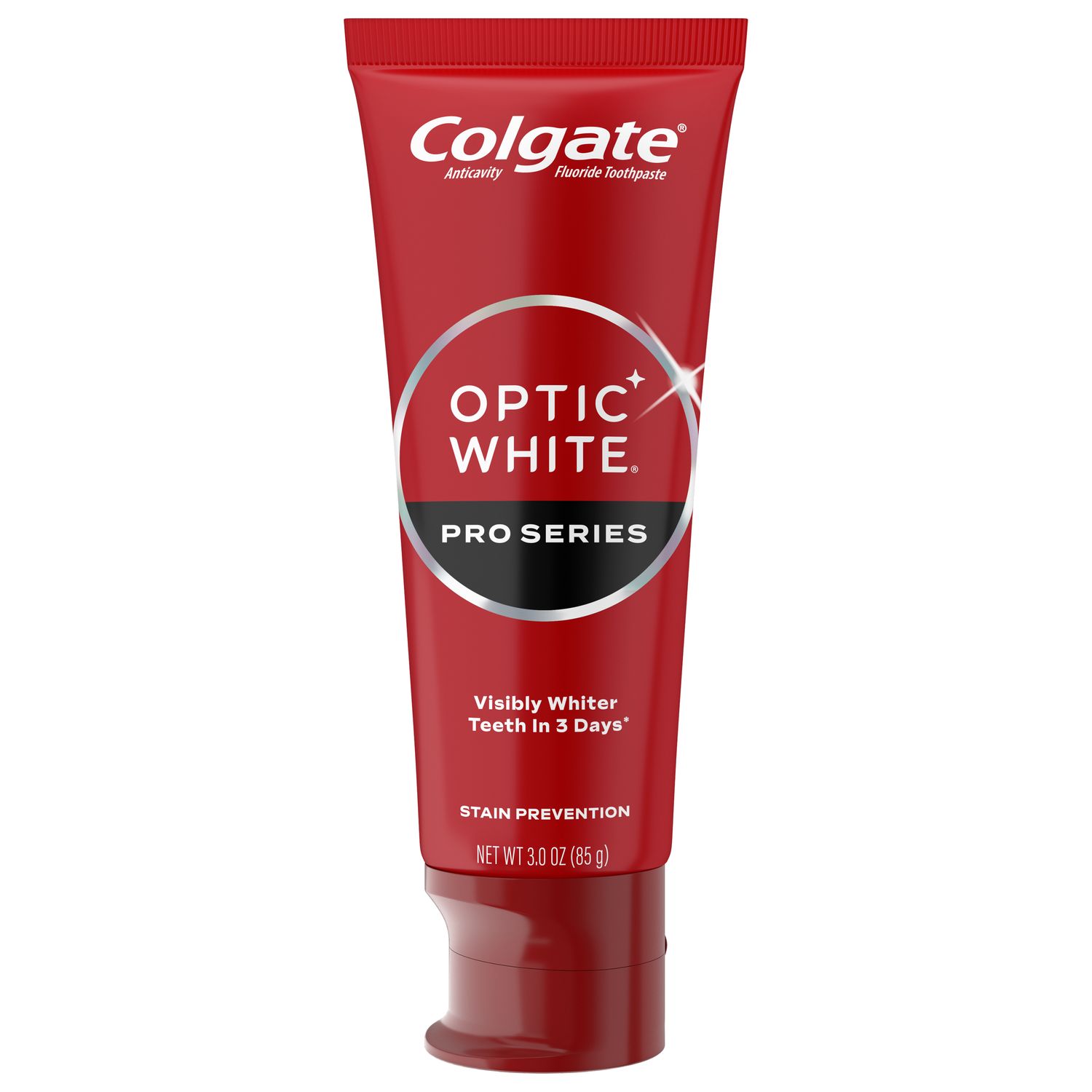
Tooth whitening products are increasingly popular worldwide, with many people accessing dental offices requesting professional tooth whitening. Dental professionals should understand the options for patients requesting whiter teeth, the mechanism of action of whitening systems and potential side effects.
How does tooth whitening work?
Tooth whitening is a process that lightens the shade of the teeth. While extrinsic stains on the surface of the tooth can be physically removed by a prophylaxis and with use of dentifrices, intrinsic stains contain chromogens that cause the stained appearance and are treated using tooth whitening agents (bleaching agents). Intrinsic staining can occur after teeth have erupted or during tooth development. The active ingredient in most whitening products is hydrogen peroxide (H2O2) - either in the form of hydrogen peroxide or delivered as carbamide peroxide which breaks down on contact with water to release hydrogen peroxide. The chromogens causing the stain contain double bonds that are oxidized by the hydrogen peroxide, breaking the double bonds and resulting in the tooth appearing whiter. Hydrogen peroxide is used in many products, including Colgate Optic White Professional Take-Home Whitening. This product is designed for no sensitivity.
Options for whitening include in-office treatments (with or without a light), take-home whitening kits, whitening strips and paint-on products. Quicker tooth whitening can be achieved using higher concentrations of hydrogen peroxide and through light activation. Not all methods are the same, and light-activation can be achieved through low-energy or high-energy LED light, halogen light, hybrid light and lasers. The ultimate shade will not be different than with a lower concentration, and the shade achieved is patient-dependent.
What are the potential side effects of tooth whitening?
Increased tooth sensitivity during and after bleaching has been reported. This usually occurs at the time of treatment and can last several days. The occurrence and severity of sensitivity are influenced by the concentration of the peroxide, duration of the treatment, and the non-bleach composition of the product used. In some cases, mild gingival irritation has occurred. This is the result of an ill-fitting tray and/or spillage of the bleaching agent onto the gingivae. Although it has been reported that tooth whitening might damage the structure of teeth, results were conflicting in a systematic review and this is not supported by studies using a method like the intra-oral environment.
Managing tooth sensitivity
Strategies to overcome sensitivity include use of a desensitizing agent used separately or included as an ingredient in the tooth whitening product's formulation. Desensitizing dentifrices containing potassium nitrate such as Colgate Sensitive can be used, while Colgate PreviDent 5000 Sensitive provides the benefit of increased fluoride together with 5% potassium nitrate as a desensitizer. Another option is Colgate Professional Sensitivity Relief Serum which contains Pro-Argin technology and can be applied with a fingertip for 1 minute to provide relief.
We also need to be aware of people who show signs of bleachorexia - an addiction to tooth bleaching which also results in aggressive bleaching. These patients believe their teeth are never white enough and will continue to whiten their teeth and potentially cause damage to their teeth. Such behavior falls under the category of a body dysmorphic disorder and may need medical counselling.
It is sometimes believed that courses of whitening treatments are a set amount of time and will achieve the same results for all individuals. However the ultimate endpoint for tooth whitening is dependent upon the individual being treated. With appropriate patient education, tooth whitening provides an esthetic treatment that results in patient satisfaction.
Join us
Get resources, products and helpful information to give your patients a healthier future.
Join us
Get resources, products and helpful information to give your patients a healthier future.













